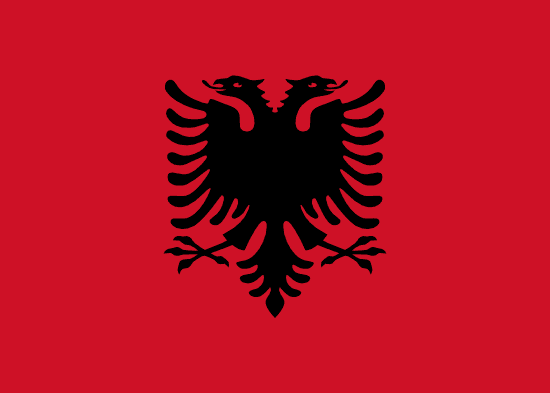"Tirana, e ëmbël si një përralle | Tirana, sweet as a fairy tale"
About:
Tirana, the capital of Albania, was founded in 1614 by Sulejman Bargjini, a local ruler, and became Albania's capital in 1920. The city underwent rapid industrialization and growth during the communist era (1944–1991). Post-communism, Tirana experienced a period of economic and infrastructural development, transforming into a vibrant, cosmopolitan city. Today, it is Albania's political, economic, and cultural hub, home to many public institutions and commercial companies.
When to visit:
Tirana, the vibrant capital of Albania, enjoys a Mediterranean climate with hot summers and mild winters. The best time to visit Tirana for a holiday is during the spring and early autumn months, particularly in April-May and September-October, when the weather is pleasant and the city is less crowded. This period offers ideal conditions for exploring the city's historical sites, parks, and cultural attractions without the intense heat of summer or the chill of winter. Visitors can also enjoy various festivals and events that take place during these months, adding to the overall experience of a holiday in Tirana.
When to avoid:
Traveling to Tirana, Albania during the winter months, particularly in January and February, is generally considered the least favorable time for holidaymakers. The weather during this period can be cold and rainy, with occasional snowfall in the city. Many tourist attractions may have limited operating hours or be closed altogether during the off-peak season. Additionally, the holiday festivities and cultural events that Tirana is known for are less prevalent during the winter months. It is recommended to plan your visit during the spring or summer months for a more vibrant and enjoyable experience in Tirana.
Winter (Dec-Feb)
Tirana, Albania's winter, from December to February, is the coldest and wettest period. Temperatures range from 2°C to 12°C, with January being the chilliest month. Rainfall peaks in December, averaging 148mm, making it the wettest month. Sunlight is scarce, with only 3-4 hours of daylight. The city is often shrouded in cloud cover, creating a moody atmosphere. An average day for a visitor may involve navigating the city under persistent drizzle or light rain, and bundling up against the cold, especially in the evenings.
"Summer (June-August)"
In Tirana, Albania, the warmest part of the year is from June to August, with July being the warmest month. The average high temperature during this period ranges from 27°C (80°F) to 32°C (90°F), while the average low temperature is between 17°C (62°F) and 20°C (68°F).
Rainfall is minimal during these months, with July being the driest month of the year. The average rainfall during this period is around 30-40mm. Therefore, you can expect many sunny and dry days.
Sunlight is abundant during the summer, with an average of about 10 to 12 hours of daylight per day. The humidity is relatively low, ranging from 30% to 50%, which makes the heat more bearable.
Cloudiness is also minimal, with clear or mostly clear conditions prevailing most of the time.
For a visitor, a typical day in Tirana during the warmest part of the year would feel hot, especially in the afternoon. However, the low humidity and occasional breezes can make the heat more tolerable. Mornings and evenings are generally more comfortable. It's a perfect time for outdoor activities, sightseeing, and enjoying local cafes and restaurants. Don't forget your sunblock and a hat for sun protection.
Language:
In Tirana, the capital city of Albania, the most commonly spoken language is Albanian. It is the official language of the country and is used in all aspects of daily life. Additionally, English and Italian are widely understood and spoken, particularly among the younger population and in the tourism and business sectors.




